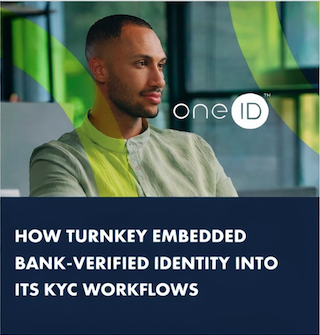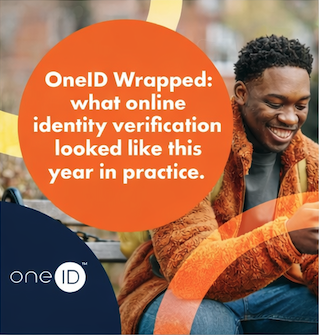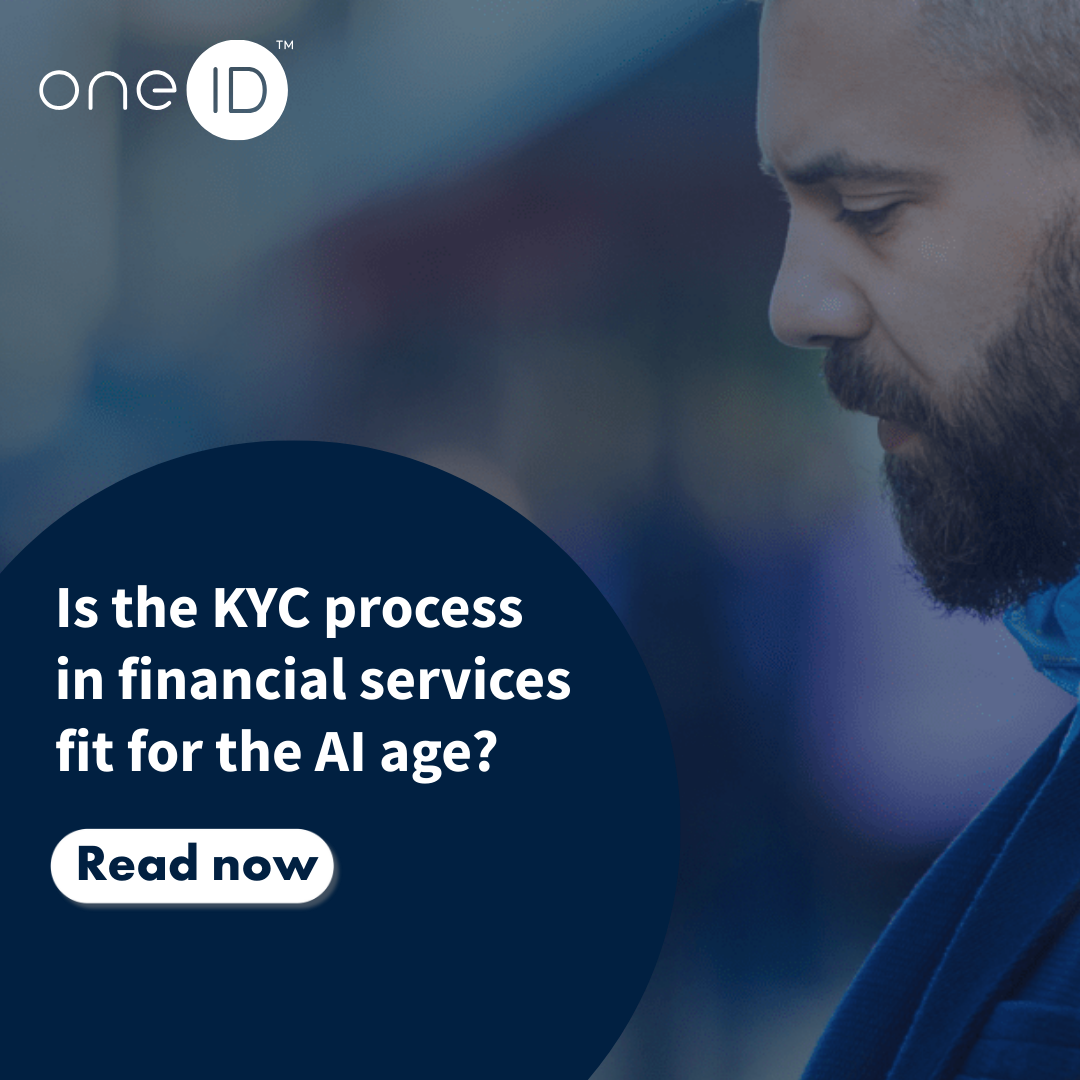Your identity is what makes you, you – your personality, your looks, your beliefs and values.
But what’s your digital identity? And why does it matter?
We’ll explain what a digital identity is and how it’s used, without confusing things with tech talk, we promise.
Let’s get started.
What is a digital identity?
Your digital identity is a collection of personal data about you that exists online.
That’s it. Honestly, it’s that simple.
Of course, we’ll go into more detail, but that’s the crux of it.
There’s no definitive, technical definition of digital identity across the globe, as many important organisations such as the World Bank and the World Economic Forum have their own descriptions of the concept.
Here at OneID®, our definition of a digital identity is made up of 3 simple components:
- The first part of your digital identity is your digital attributes. This is any personal information that identifies you. This could be things such as your name, address, or date of birth.
- Next, those pieces of personal information go through a verification process that makes sure the information is connected to you. This verification is done by a certified party, like us, and an example of this is using your bank-verified information.
- The final piece of the puzzle is you and your authentication details. Don’t worry, it’s simpler than it sounds. Authentication just means how you prove that you are the person this verified information belongs to, and could be a password, a PIN or your fingerprint/ face ID.
So essentially, your digital identity is made up of digital attributes that identify you as an individual.
This information is then verified to be true and accurate and is accessed by you whenever you need to use it through usernames, passwords, PINs or fingerprint/ face ID login.
If you have all three of these components to make up your digital identity, then it can always be used to prove who you are online safely and securely.
What about digital activity?
Sometimes, organisations include ‘digital activity’ in their definition of digital identities.
A digital activity is a behaviour you display online, for example your browsing history and social posts.
Some more examples of digital activities are:
- Social media activity (likes, comments, shares)
- Browsing History
- Downloads
- Forms signed
- Purchase History
- Photos Uploaded
- Posts published
These digital activities are important and shape who you are online but are not part of the digital identity you use to prove who you are online – that’s the key difference.
So why do digital identities matter and what do they do?
What’s the big deal with digital identities?
Your digital identity matters for many reasons. It’s how you identify yourself online.
When you want to order food shopping online, or an emergency stash of coffee for the week, you use your digital identity to tell the shop who you are, how you’re paying and where the goods should be sent to.
When you want to book a holiday, you use your digital identity for online check-in and to pay for your questionable Airbnb.
When you need to pay your friend for your half of the tapas you had last night, you use your digital identity.
This list could go on forever, but you get the point; digital identities are key to our online lives.
Research has shown that access to a good digital identity can change peoples’ lives drastically. Good digital identities can drive economic growth for countries, and for individuals they can improve access to important services such as healthcare and education.
But because the importance of digital identities is so high, and our digital identities are often tied to our real-life identities, there are many security and privacy risks involved with your digital identity.
Protecting your digital identity
Protecting your digital identity is key to avoiding fraud, scams and hacking amongst many other risks. It keeps you safe online.
Here at OneID®, our mission is to build trust for a safer online society. That means protecting you and your digital identity.
We let you prove who you are online without losing control over your own data. We do this by letting you share the information held by your bank directly with businesses and websites, only the bits they really need and only when they really need it.
Doing this means businesses know you are who you say you are, as your information has been verified by your bank.
And most importantly, it means you know exactly who has access to your information, what they have, what they’re using it for, and that it’s in safe hands.
To find out more about OneID®, who we are, and why we’re doing what we’re doing, get in touch or follow our socials at: LinkedIn / Twitter/ Instagram / Facebook



